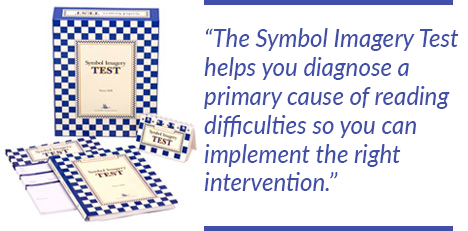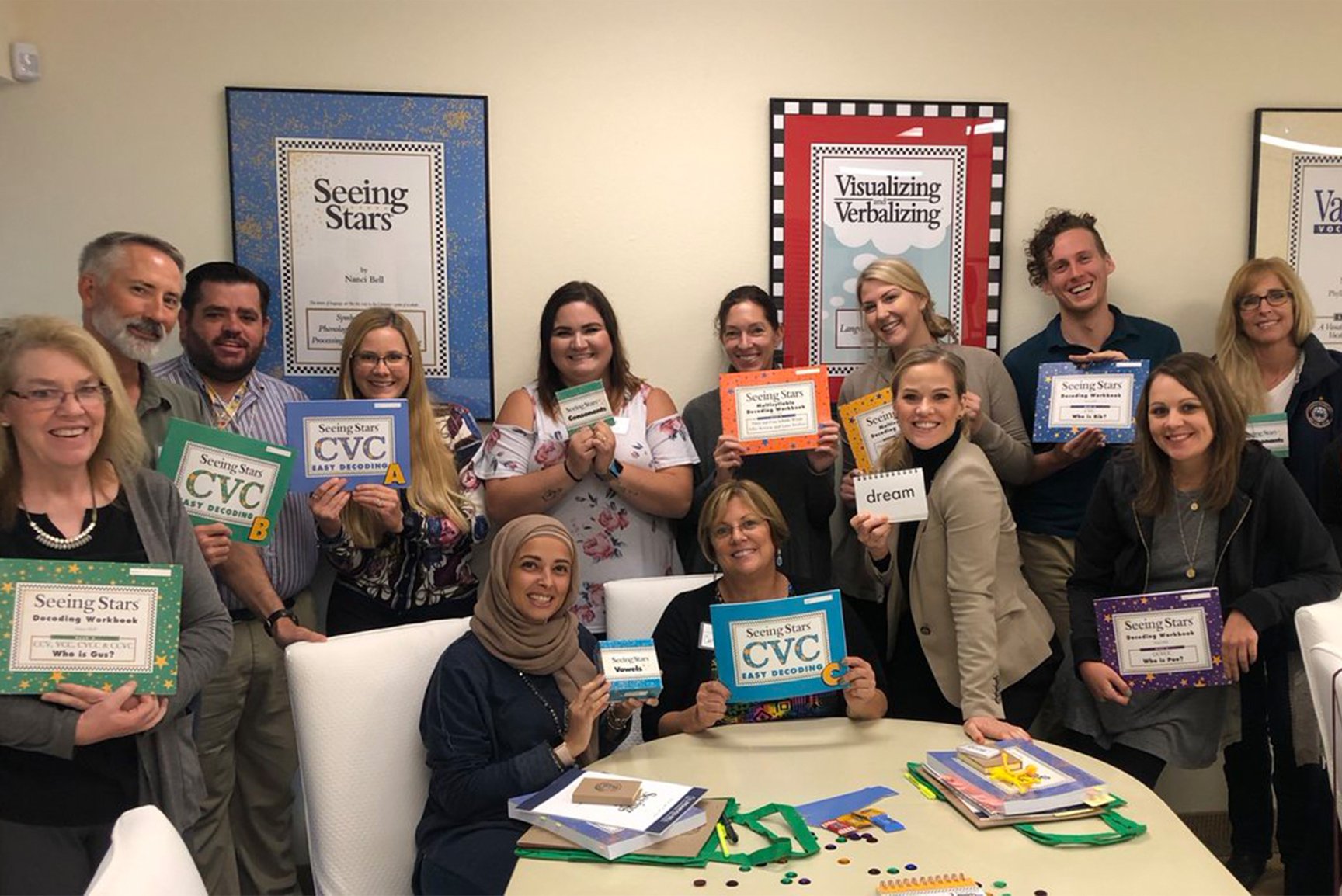The complex skill of reading requires the integration of auditory, visual, and language skills. Word recognition (orthographic processing and instant recognition of sight words) is a necessary component in the cascade of sub-skills needed for global reading.

Students need extensive practice to acquire a substantial sight word vocabulary (words that are recognized by sight, not decoded). Choose a high-frequency word list to get started. If you are using the Seeing Stars® program, use the Star Words List. Or you can select something like the Dolch Word List.
Here are three helpful tips for an effective sight word practice lesson:
- Capture, Categorize, and Memorize—Scan the list with your student and capture words that aren’t instantly read. Write each word on an index card and categorize cards into Slow, Medium, and Fast groups. Repetitively practice words each day, graduating words from Slow to Medium to Fast groups, until each word is memorized for instant recognition.
-
Use Symbol Imagery Exercises—Reinforce word recognition by using strategies such as air-writing the word or identifying specific letters, all from visual memory. This is especially helpful for words that don’t play fair, meaning they are not phonetically consistent (e.g. ‘friend’).
Example:
Teacher: “Write the letters in the air and say the letters as you write them. Now tell me the third letter you see.”
Student: “I see an ‘I’.
Teacher: “Great job! And what letter do you see right after the ‘I’?”
Student: “It’s an ‘E’!”
- Repetition and Practice—Repetition is critical for sight words to truly become automatic. The Up and Down the Word-Ladder activity is a fun way to engage students for additional practice. Line up seven to ten sight words vertically to create your word-ladder. Starting at the bottom, have the student touch and say each word as they climb up. Next, have them climb back down. Then try it again, but this time put each word to sleep by turning the card over as they climb up or down. Reshuffle the cards and create a new word-ladder. Reminder: Check out page 180 in your Seeing Stars manual for more games and activities, or make up your own! The key is repetition and practice.








Socialize and Connect
Connect with us for the latest news, success stories, research, promotions, and more!